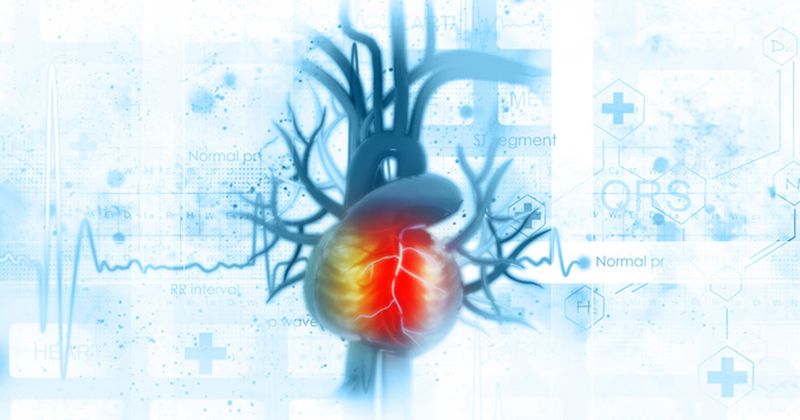Inflammatory hypothesis bolstered by recent trials
Over 2 decades, various research and analyses have indicated that although residual LDL and inflammation are both associated with CV risk, they should be targeted individually for optimal outcomes in secondary prevention, a speaker said.

During his presentation at the virtual Cardiometabolic Health Congress, Paul M. Ridker, MD, MPH, Eugene Braunwald Professor of Medicine at Harvard Medical School and the director of the Center for Cardiovascular Disease Prevention at Brigham and Women’s Hospital, discussed the association between inflammation and CV risk in addition to recent trials in colchicine use that include COLCOT and LoDoCo-2.

“Your clinic is filled with patients who have atherosclerosis. I guarantee every single one of you measures their LDL cholesterol, but I suspect that many of you do not measure their [C-reactive protein],” Ridker said during the presentation. “If you are measuring CRP in all of your atherosclerosis patients, you would discover very quickly that there are three patients with residual inflammatory risk for every one patient with residual cholesterol risk.
“What do I mean by that? We defined residual cholesterol risk as an LDL that is still above 70 mg/dL or 100 mg/dL, whichever you like, but the CRP is less than 2 mg/L. Inflammation is not the problem in these patients. The people whose LDL is below 70 mg/dL, but their CRP is still above 2 mg/L, that is what you are missing in clinic if you are not thinking about targeting inflammation itself.”
As Healio previously reported, In the CANTOS trial, researchers found the anti-inflammatory drug canakinumab (Ilaris, Novartis) reduced the number of recurrent CV events among patients with prior MI and elevated high-sensitivity C-reactive protein levels (CRP; HR = 0.85; 95% CI, 0.75-0.98) compared with placebo. These findings helped to add to the set of evidence supporting the “inflammatory hypothesis,” Ridker said.
In the COLCOT trial of 4,745 patients who experienced a MI and were assigned to the anti-inflammatory drug colchicine or placebo once daily within 3 days of their index event, colchicine significantly reduced the 2-year risk for MI, cardiac arrest, stroke or urgent revascularization (HR = 0.77; 95% CI, 0.61-0.96) compared with placebo.
“The P values are modest. We have to be honest about that. But what is important is that every single hazard ratio is in the right direction for every outcome,” Ridker said in his presentation. “There is a little increased risk of pneumonia, but that doesn't bother me. In fact, if I did not see some infectious risk, I would wonder whether the patients actually took the drug. That's where we were in 2019.”
Ridker previously discussed the COLCOT findings with Healio.
Ridker also reviewed the findings of the LoDoCo-2 trial, which evaluated the effects of colchicine on top of optimal medical therapy among 5,522 patients with chronic coronary disease.
As Healio previously reported and Ridker previously discussed, optimal medical therapy plus colchicine reduced the number of CV events by 31% vs. placebo (HR = 0.69; 95% CI, 0.57-0.83).
“What this is telling us is we have a potential for an inexpensive drug that looks and acts on the same axis and gives us some substantial benefit,” Ridker said in his presentation. “All trials have controversy and in their subgroup analysis ... it looks like the drug worked better in Australia than the Netherlands. We are trying to sort out why that might be. But again, these are issues to let the researchers figure out. The big picture here is that we have a multiple drug trials that now that say inflammation inhibition is well within our ability.”

